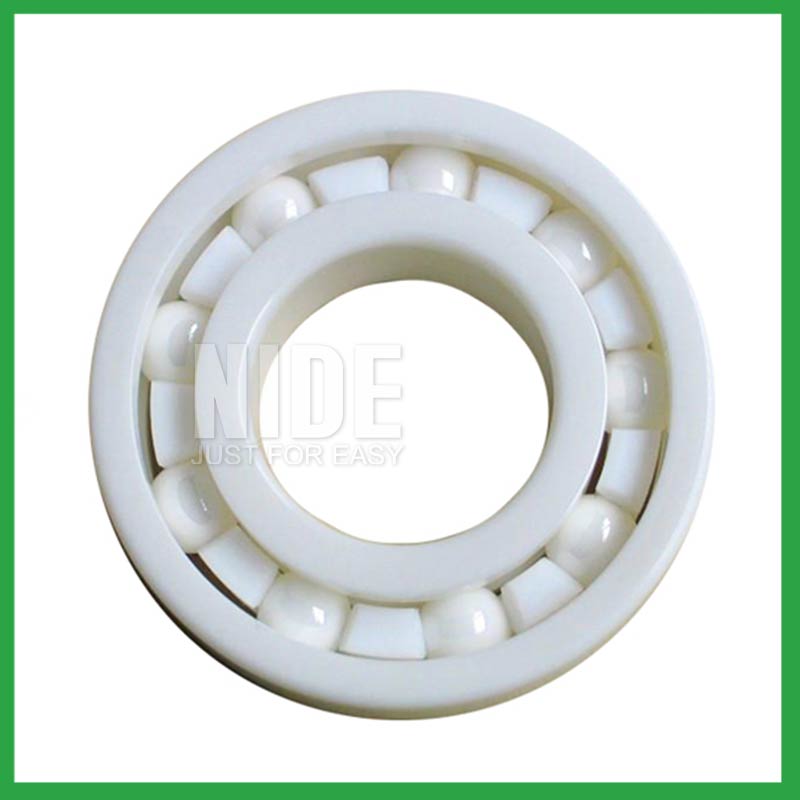PRODUCTS
CONTACT US
Ningbo Nide International Co., Ltd.
一一
· Contact person:Jack Zeng
· Mob/Whatspp/WeChat:0086-13738869026
· Email:emarketing@nide-group.com;marketing4@nide-group.com
· Add:No. 169, Wohushan Road, Daqi Subdistrict, Beilun District, Ningbo, China

Nide team could manufacture ball bearing as per customer’s drawing and samples.
If customer only has samples, we could also design drawing fo r our customer.
We also provide customized service.
Our ball bearing is widely applied the different industrials.
Haishu Nide International is one of the leading bearing manufacturers in China. We are a well-known supplier of high-quality carbon brush,thermal protector,insulation paper,ball bearing,magnet,shaft. Our products are widely used in fields such as air condition motor,electric bicycle motor,fan motor,electric automotive motor,washing machine motor,compress motor,water pump motor. We are proud to provide customers with the expected product knowledge, applied professional knowledge, quality control, and consistent reliable service.
We have modern computerized machinery and equipment to produce high-precision bearings. Our company is also equipped with complete chemical and metallurgical laboratories as well as standard room facilities.Nide has offices in India, Brazil, Korea, Turkey, and Argentina, good sales and service net work allow us to access and offer service to customers over the world easily and promptly.
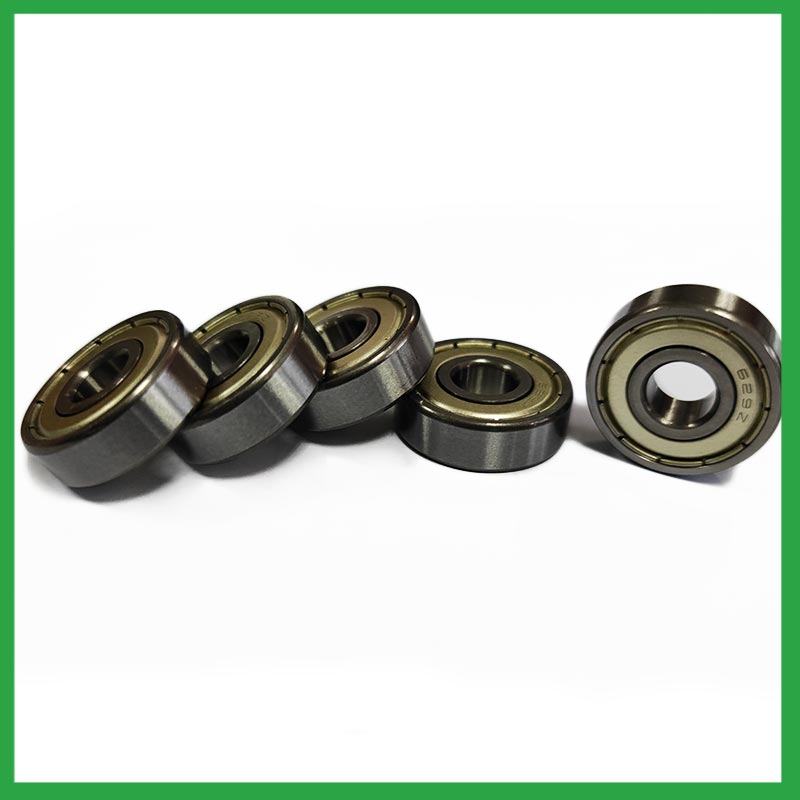
| Parameter | Information |
|---|---|
| Product Name | ball bearing construction |
| Brand Name | NIDE |
| Place of Origin | China |
| Material | ceramics, etc. |
| Structure | Deep Groove |
| Color | Customized Color |
| Delivery Time | 5-7days |
| Port | Ningbo/Shanghai |
| Export region | Europe,Oceania,Asia |
| Export Country | India,Brazil,South Korea,Lesotho,Antarctica,Svalbard,Uzbekistan,Cyprus...etc |
| Application | automotive engines,various industrial equipment, etc. |
| OEM/ODM | Support |
| Size | Customized size |
| Stock | In Stock |
| Feature | Good wear resistance,High speed...etc |
| MOQ | 10 pieeces(Specific according to the model) |
| Certification | ISO9001,ISO9001:2015 certificate,CE-stator coil lacing machine,etc |
| Supply Ability | 100000-500000 Piece/Pieces per Month |
| Lubricate | Oil Grease |
| Packaging Details | Suitable for sea transportation |
| Lead time (days) | 15-20 (To be negotiated) |
Please note: The above table data is for reference only. For specific information, please contact us.
ball bearing construction can be used in household appliances, such as refrigerator door leaf wings,barrel machine spindle bearings,mixers,upper and lower pressure rods, etc; It can also be used in industrial fields, such as reducers,motors,weighing machines,weaving machine spindle bearings, etc.
During the installation process, pollution from dirt and wear media should be prevented;
Temperature and humidity should be controlled to avoid excessive temperatures during startup and operation;
It should be operated and lubricated in the correct reverse direction to avoid unnecessary damage.
Ball bearings have many advantages, making them highly competitive in the market.
Firstly, they are very durable and have good wear performance, making their service life longer than many other types of bearings.
Secondly, they are easy to install and can provide low friction performance in various applications.
Thirdly, they require a relatively low level of maintenance, making them cost-effective.
In addition, compared to many other types of bearings, their purchase cost is relatively low, making them an economical choice.




ball bearing construction---FAQs Guide
2.How do different ball bearing construction designs, such as deep groove, angular contact, or thrust bearings, cater to specific applications?
3.About ball bearing construction,What about the lead time?
4.Are there specific ball bearing construction designed for applications in the aerospace and aviation industries, and what standards do they adhere to?
5.What is a ball bearing?
6.What is the production capacity of the factory for ball bearing construction?
7.How do ball bearing construction handle radial loads, axial loads, and combined loads, and what are their load-carrying capacities?
8.What are the considerations for selecting sealed or shielded ball bearing construction to protect against contamination and retain lubrication?
9.What is the role of ball bearing construction in reducing friction and energy loss in rotating machinery?
10.Are there miniature ball bearing construction designed for use in precision instruments and small-scale mechanisms?
11.About ball bearing construction,Can I add my own logo?
12.Can ball bearing construction be customized with special coatings or treatments to meet specific industry standards or regulatory requirements?
1.Can ball bearing construction operate in high-temperature environments like industrial ovens or furnaces, and how are they protected from heat-related damage?
ball bearing construction are capable of working at temperatures up to +842°F (+450 °C). Special lubricants, seals and coatings make this possible by protecting the ball bearings from heat damage.
2.How do different ball bearing construction designs, such as deep groove, angular contact, or thrust bearings, cater to specific applications?
Deep groove ball bearing construction: Deep groove ball bearings are the most common type. They can handle both radial and axial loads. Angular contact ball bearings: Angular contact ball bearings have higher than average internal axial clearance. They can handle axial loads in one direction and moderate radial loads.
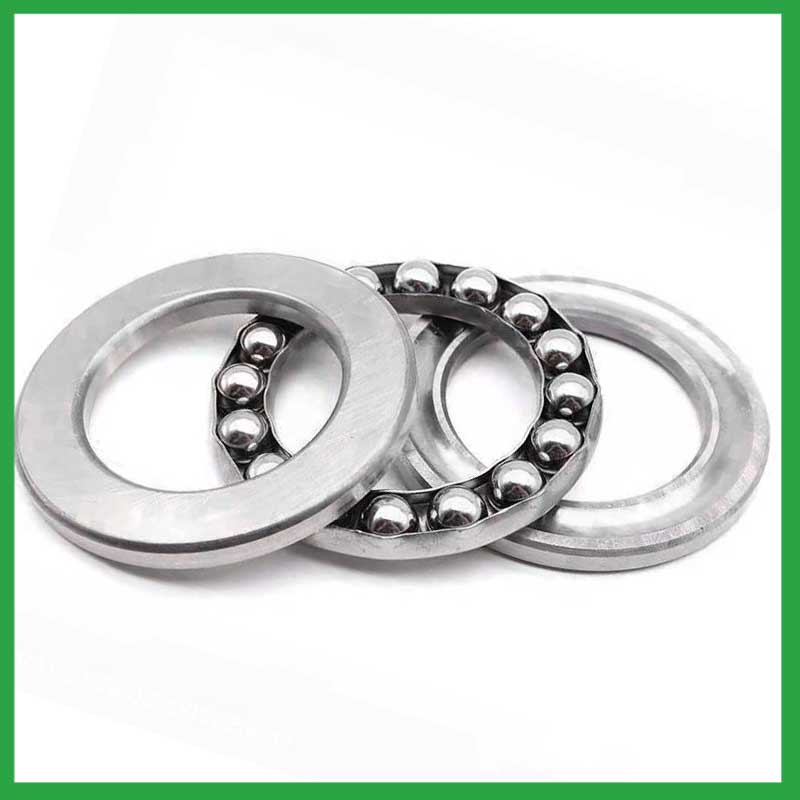
3.About ball bearing construction,What about the lead time?
3-7 days for samples, 3-4 weeks for mass production.
4.Are there specific ball bearing construction designed for applications in the aerospace and aviation industries, and what standards do they adhere to?
Airframe control ball bearing construction are specialized bearings tailored for aircraft structures, particularly control systems and surfaces. Designed for low-speed oscillatory applications, they offer precision and support, effectively managing misalignments and flight-induced stresses.
Airframe Control bearings are lightweight, corrosion-resistant, grease-lubricated, and are sealed on most occasions. They come in precision grades for running accuracy.
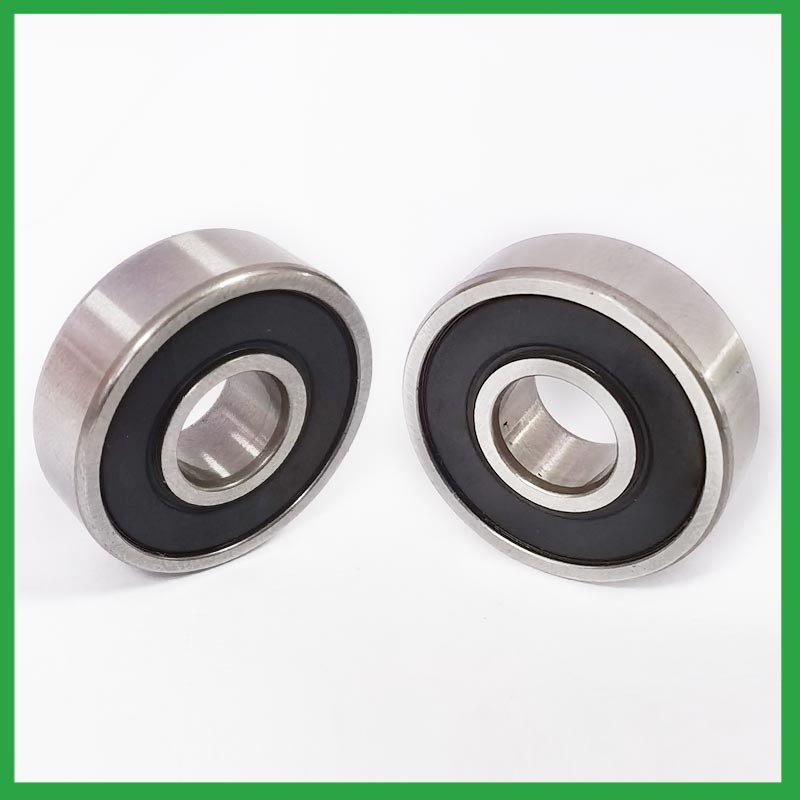
5.What is a ball bearing?
A ball bearing is a type of rolling-element bearing that uses balls to maintain the separation between the bearing races.
The purpose of a ball bearing is to reduce rotational friction and support radial and axial loads. It achieves this by using at least two races to contain the balls and transmit the loads through the balls. In most applications, one race is stationary and the other is attached to the rotating assembly (e.g., a hub or shaft). As one of the bearing races rotates it causes the balls to rotate as well. Because the balls are rolling they have a much lower coefficient of friction than if two flat surfaces were sliding against each other.
Ball bearings tend to have lower load capacity for their size than other kinds of rolling-element bearings due to the smaller contact area between the balls and races. However, they can tolerate some misalignment of the inner and outer races.
6.What is the production capacity of the factory for ball bearing construction?
The production capacity of Ningbo Haishu Nide International is:50000000pcs/month
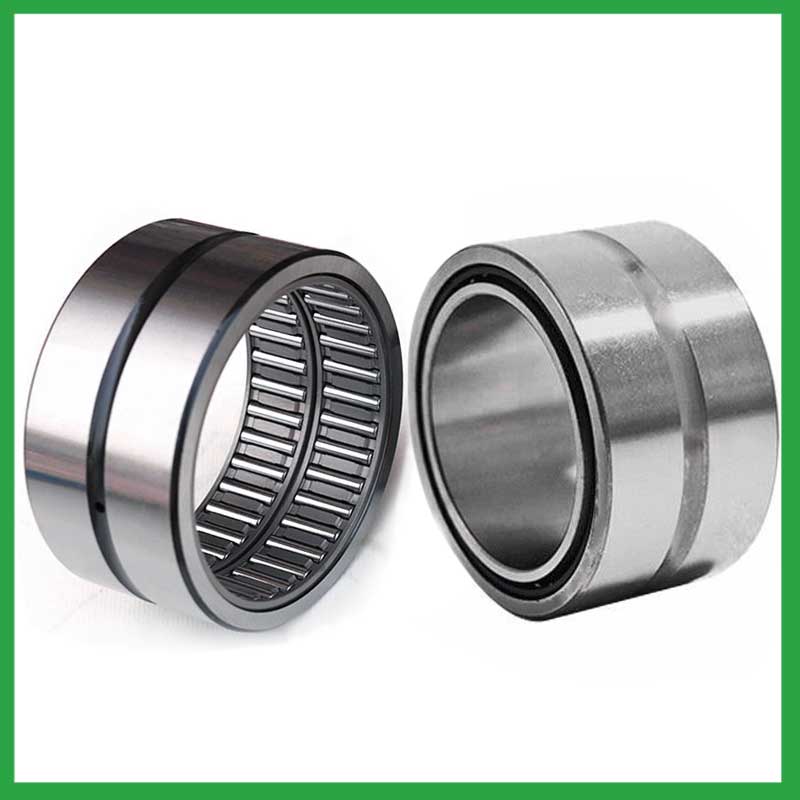
7.How do ball bearing construction handle radial loads, axial loads, and combined loads, and what are their load-carrying capacities?
The type of bearing used also varies between these loads. While deep-groove ball bearing construction are better equipped to handle radial loads, thrust ball bearings are designed for axial loads. However, it's essential to note that most bearings, such as angular contact ball bearings, can handle both radial and axial loads.The Bearing Static Capacity, Co, is the maximum load that can safely be applied to a non-rotating bearing that will not cause subsequent bearing operation to be impaired. It is based on calculated contact stress at the center of the most heavily loaded rolling element where it contacts the Inner Race.
8.What are the considerations for selecting sealed or shielded ball bearing construction to protect against contamination and retain lubrication?
First, the environment in which your ball bearing construction operate in can help you identify potential contaminants, allowing you to select your shields or seals accordingly. For example, shielded bearings have a gap that can allow finer contaminants or water from washdown applications to enter the bearing and get into the raceways.The challenge for sealing bearings is to seal the bearing by protecting the bearing from contaminants and running efficiencies.
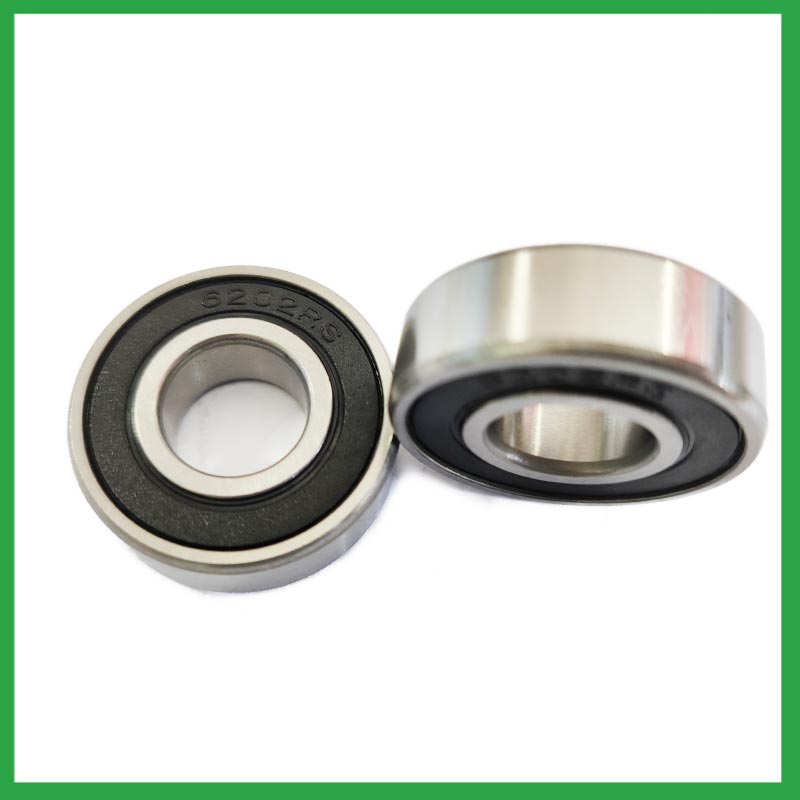
9.What is the role of ball bearing construction in reducing friction and energy loss in rotating machinery?
ball bearing construction reduce friction by using smooth balls lubricated with oil or grease that freely roll between a smooth inner and outer surface. The main concept of the ball bearing is that objects that roll past each other produce less friction than if the objects were sliding against each other.
10.Are there miniature ball bearing construction designed for use in precision instruments and small-scale mechanisms?
Miniature bearings, despite their small size, play a significant role in various industries and applications. These compact powerhouses, typically measuring less than one inch in outer diameter, offer exceptional precision, durability, and reliability. Miniature bearings find extensive use in precision instruments and robotics.
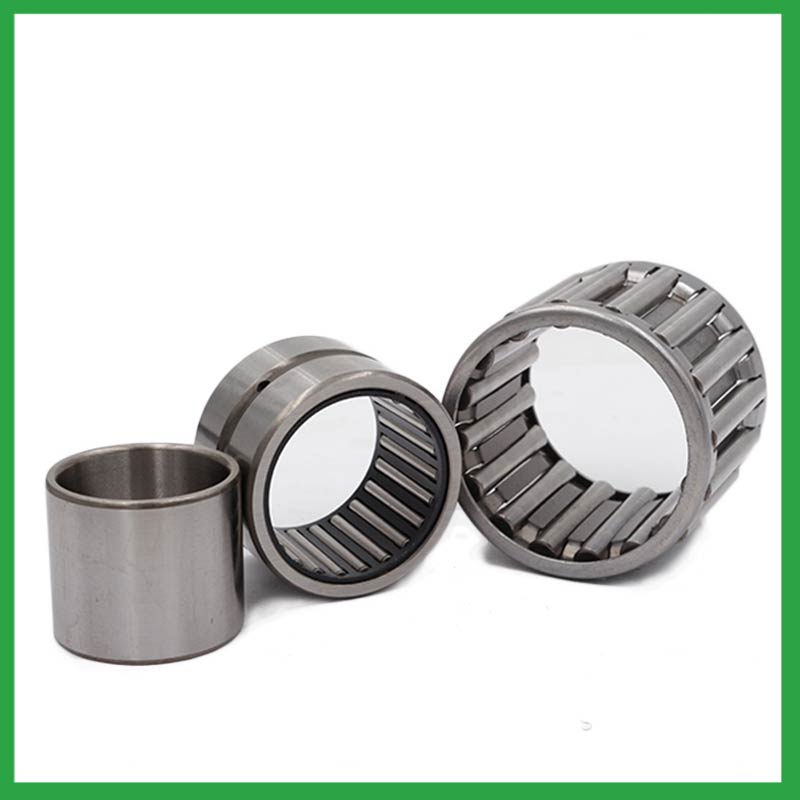
11.About ball bearing construction,Can I add my own logo?
Yes, you can add your logo on bearings and packing box. We supply OEM SERVICE including bearing's size, logo, packing, etc.
12.Can ball bearing construction be customized with special coatings or treatments to meet specific industry standards or regulatory requirements?
Yes, ball bearing construction can be customized with special coatings or treatments to meet specific industry standards or regulatory requirements.
1. Corrosion-resistant coatings: These coatings are used to protect the bearings from corrosion caused by exposure to moisture, chemicals, and other corrosive substances.
2. High-temperature coatings: These coatings are used to improve the thermal stability and performance of bearings in high-temperature environments.
3. Food-grade coatings: These coatings are specially designed for applications in the food and beverage industry, where bearings come into contact with food, beverage, or pharmaceutical products.
4. Anti-static and non-conductive coatings: These coatings are used to dissipate static electricity, which can cause damage to electronic components.
5. Specialized lubrication treatments: Bearings can be treated with specialized lubricants that meet specific industry standards or regulatory requirements.
